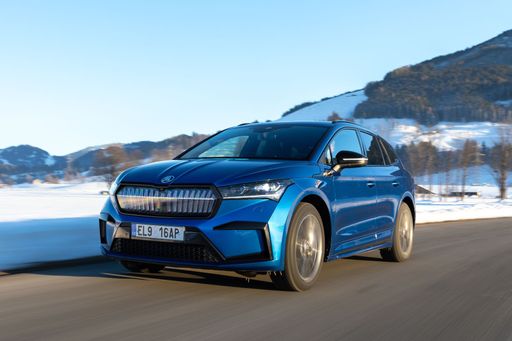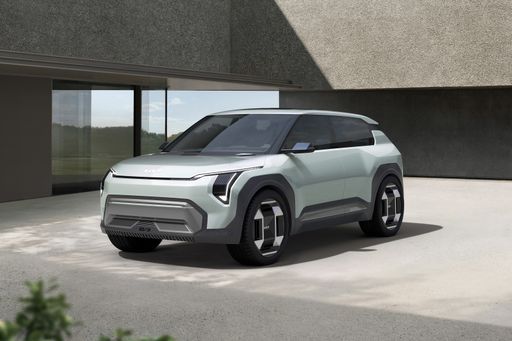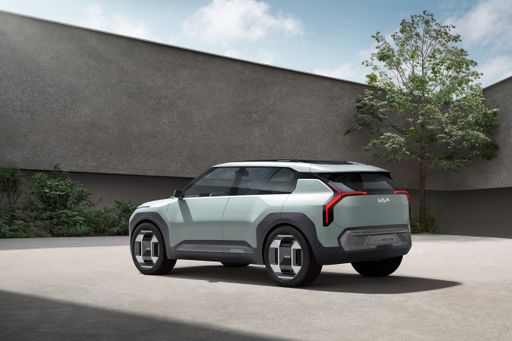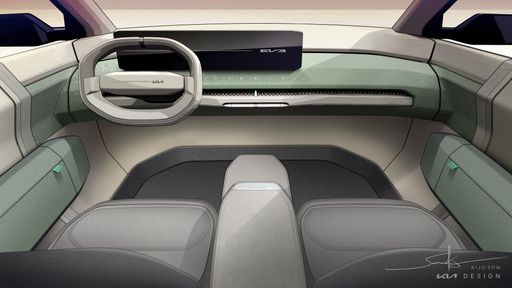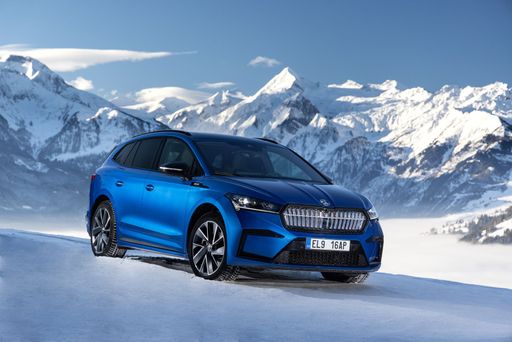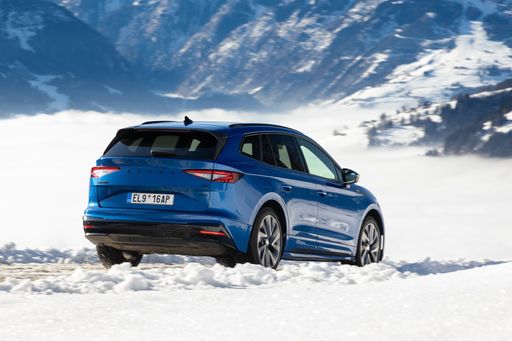Overview of the Kia EV3 and Skoda Enyaq
As the electric vehicle market continues to expand, two prominent contenders have captured the attention of consumers looking for sustainable and innovative SUVs: the Kia EV3 and the Skoda Enyaq. Both vehicles boast impressive specifications and commendable ranges, but which one stands out in terms of performance, comfort, and technology? This comparison aims to provide a deeper look into their technical aspects and key innovations.

